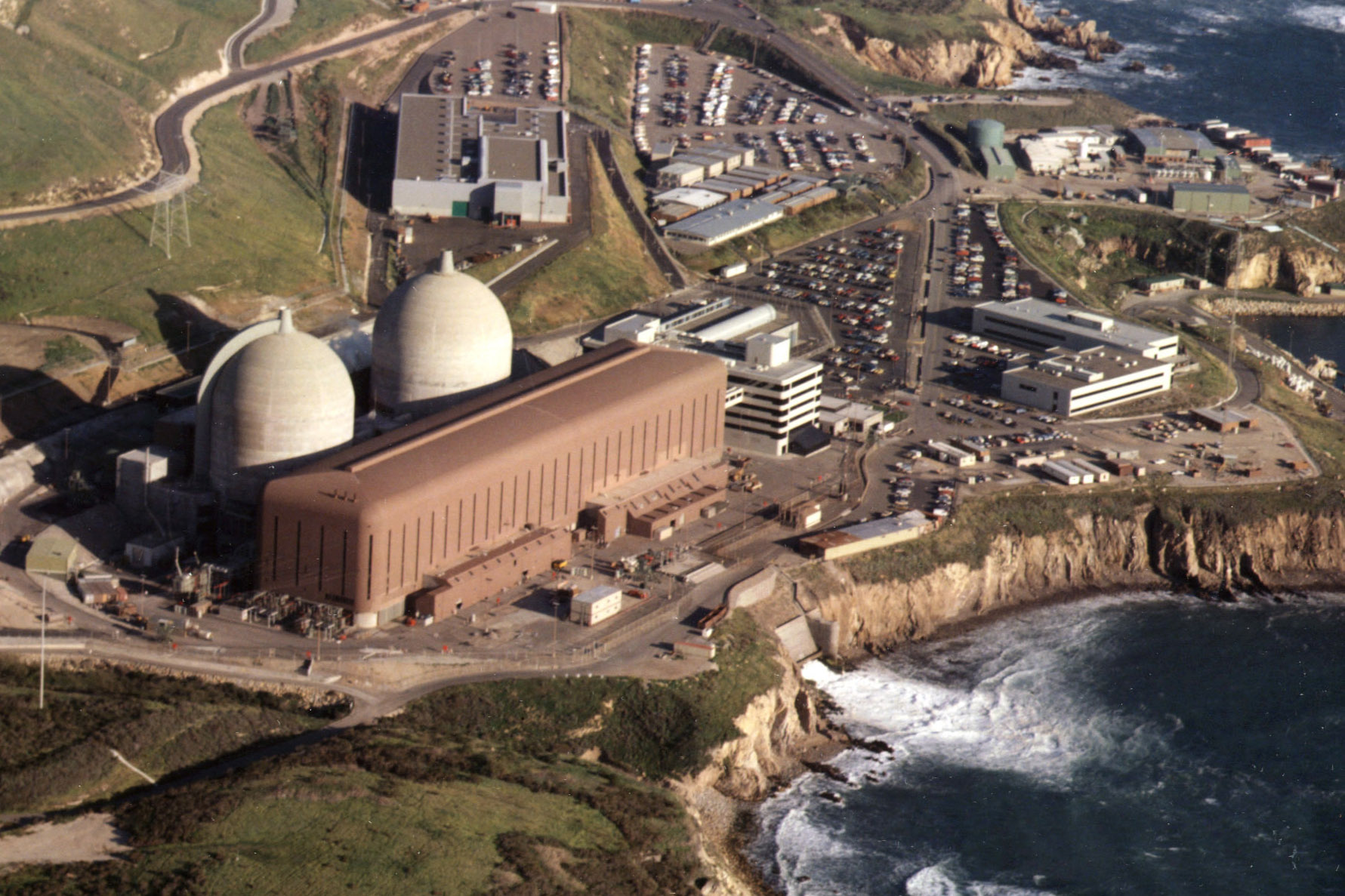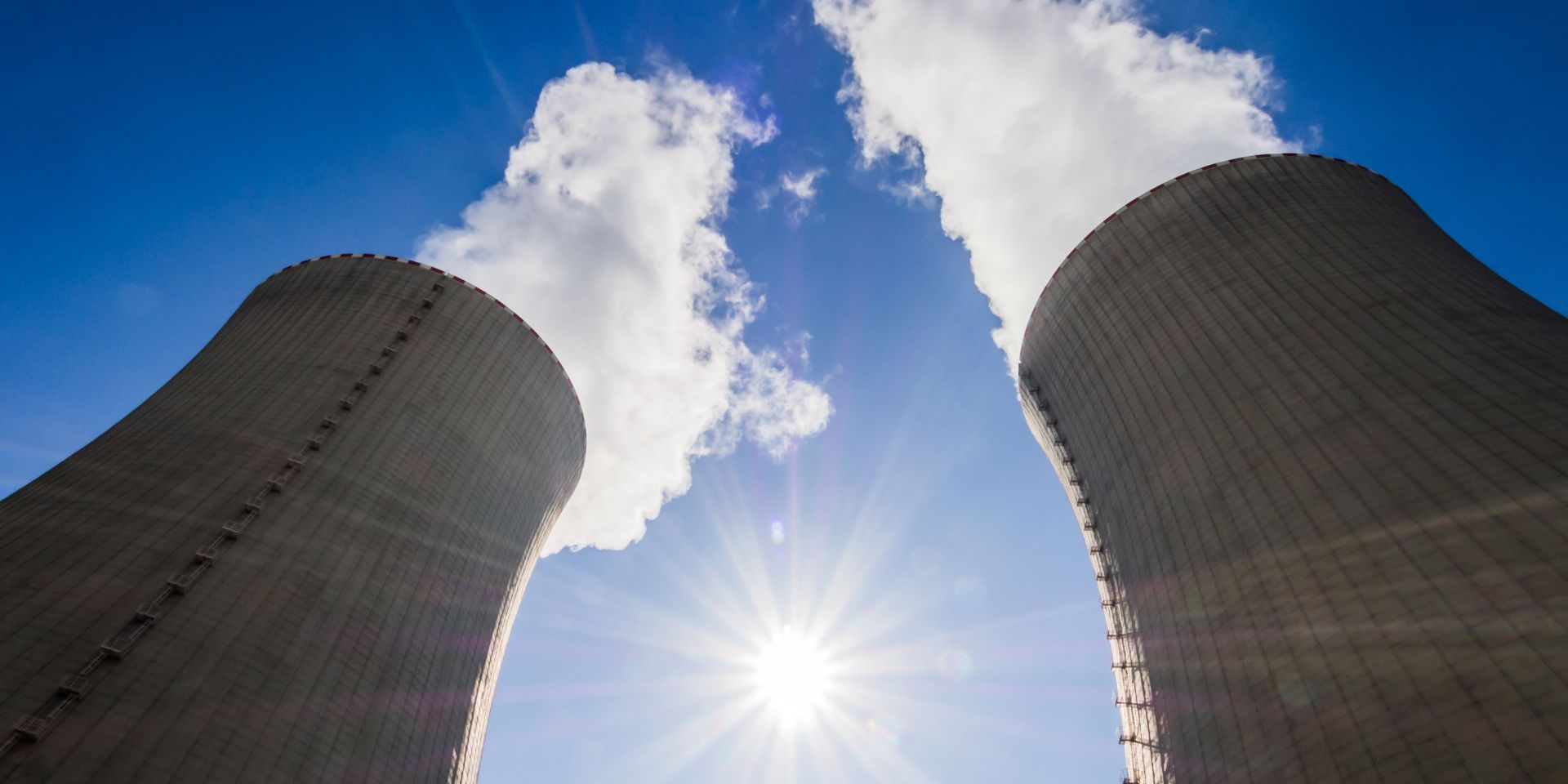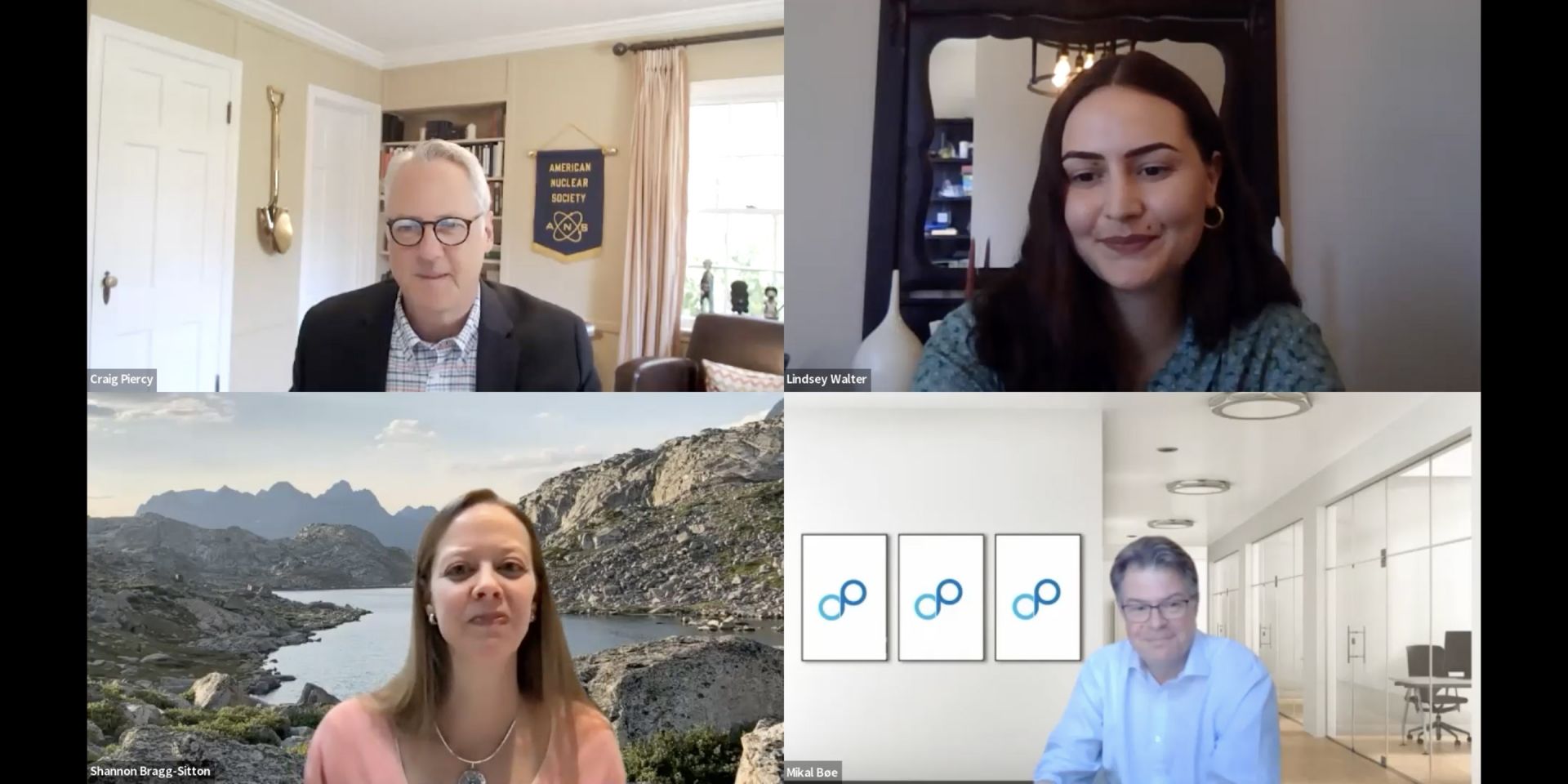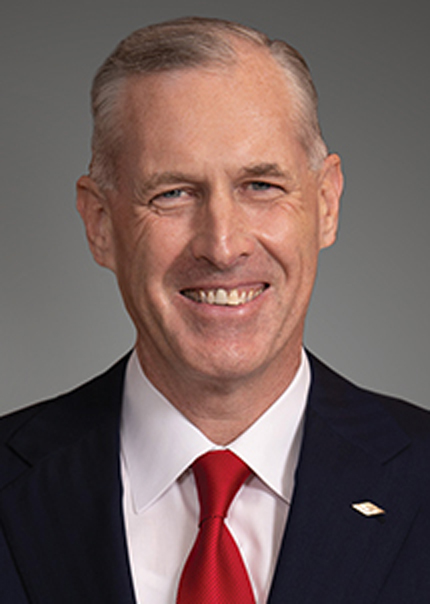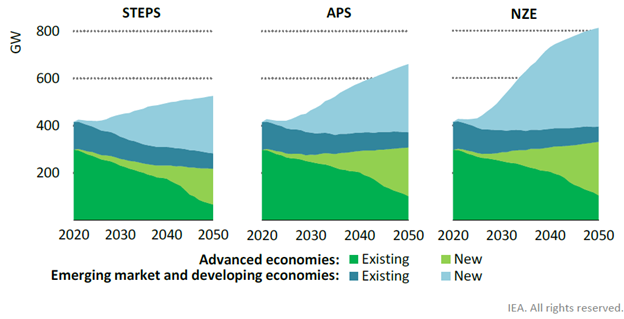July 8, 2022, 7:00AMNuclear NewsBy George Apostolakis, James Ellis, and Steven Nesbit The Diablo Canyon nuclear power plant.
The state of California recently and quite sensibly cracked the door back open for continued operation of the Diablo Canyon nuclear power plant past the current operating license expiration dates in 2024 (Unit 1) and 2025 (Unit 2). The nonprofit North American Electric Reliability Corporation’s recently released 2022 Summer Reliability Assessment highlights the risk of electricity shortages in California. Given that concern, as well as the benefits of continued Diablo Canyon operation—including much needed clean, reliable energy; good jobs; and potential for large-scale production of fresh water—another look at the shutdown decision made several years ago is clearly warranted. Sen. Dianne Feinstein (D., Calif.) reinforced this point when she added her voice to the growing chorus of policymakers advocating extended operation for Diablo Canyon.
Earth Day webinar participants were (clockwise from top left) Craig Piercy, Lindsey Walter, Mikal Bøe, and Shannon Bragg-Sitton. (Image: ANS)
The American Nuclear Society hosted the webinar “Earth Day: Reflections on the Future of Clean Energy” on April 22. Expert panelists discussed the best options for achieving emissions-free objectives, including goals in energy production, industrial activities, and transportation.
Nuclear power capacity by scenario, 2020–2050 (STEPS: stated policies scenario, APS: announced pledges scenario, NZE: net-zero emissions by 2050 scenario). (Graphic: IEA World Energy Outlook 2021)
The International Energy Agency released its flagship report, World Energy Outlook 2021, on October 13, “at a time when policymakers are contending with the impacts of both climate change and volatile energy markets” and ahead of the COP26 Climate Change Conference in Glasgow, which begins October 31. With a net-zero emissions by 2050 (NZE) scenario that calls for nuclear power capacity to almost double by 2050, the report acknowledges that rapid development of advanced nuclear technologies could expand opportunities for nuclear energy to provide low-carbon electricity, heat, and hydrogen.
Recommended R&D increase just 0.6% the cost of Biden climate plan
La Grange Park, IL –A task force commissioned by the American Nuclear Society (ANS) issued an assessment of U.S. nuclear energy research and development funding needs for the 2020s. The study is a prospectus for appropriations as Congress and the Biden administration consider ways to support and expand America’s largest carbon-free energy technology, nuclear energy.



